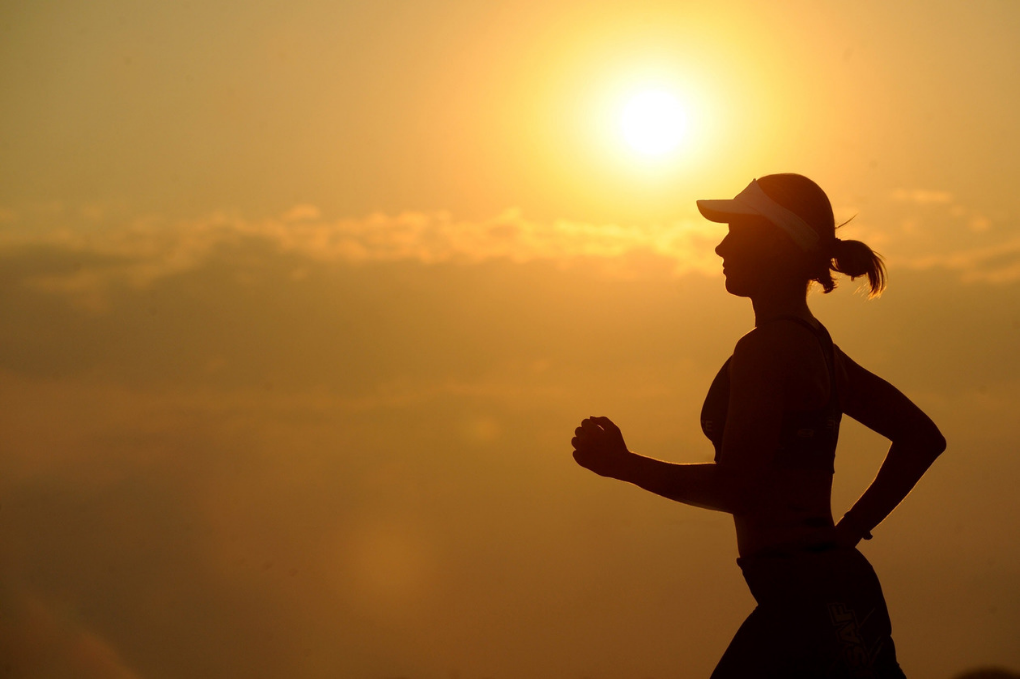A marathon will always be 26.2 miles, which is a great challenge in and of itself. However, it’s important to bear in mind where you will be running those many miles and in what sort of weather conditions. There are marathons held all over the world in a plethora of countries, and while this is a great opportunity to engage in the sport you love while traveling the world, it also means that you need to specialize your training and race day approach by location. Even if you run marathons in different cities around the U.S. you can experience extremely hot temperatures, varying degrees of humidity, colder weather and various terrain. Certainly, there are aspects of marathon training that will be uniform no matter where your race is located. For example, you should always begin preparing months in advance. You need to prep your body for the mental and physical challenge of completing 26.2 miles. Your cardio program should include intervals of running and walking in the beginning as you work you up to alternating between short and long distance runs. You also need to make sure your body is strong enough to carry your weight for long periods of time, so strength training is crucial. Nutrition is key to your body performing properly, help propel you and keep your energy levels up throughout training and the race itself. Lastly, it’s important to make time for athletic recovery, especially if you experience sore muscles, so be sure to take time to stretch and give yourself a massage to loosen up knots and kinks. While all of this is imperative to a successful marathon, it’s necessary to keep the location of the race in mind, especially if it’s elsewhere from where you are training. If you live in the Midwest but are running a marathon in Hawaii, there will be several differences that can affect your performance.
What to keep in mind when preparing for a marathon in different locations
Weather: Of course, this a huge factor in not only training but the race itself. You’re used to running in the weather where you live, so if your marathon has a different climate, it will take some adjustment. In areas where the temperatures get really hot or there’s a lot of humidity your body will heat up much faster, which can lead to complications like heat stroke. Hot climates can make you feel sluggish much quicker, so it’s important to take that into account. On the other hand, running somewhere where the temperatures will be lower than what you’re used to means that you need to find ways of generating more heat within yourself and keep blood flowing to your extremities. Also, keep in mind that being cold causes your muscles to tense up, so it’s important to keep your body warm and relaxed to avoid injuries.
Terrain: Similar to the weather, different parts of the country and the world feature various types of terrain. If you have a tendency to run only on flat land, it’s a good idea to start mixing things up and run up and down hills as well. Not only will a change of scenery offer new challenges and keep your workouts interesting, but it will also introduce you to the different types of ground you could experience during your marathon.
Clothing: Because of differing weather conditions, you’ll have to dress according to where you’ll be running. For hot locales, you’ll want shorts and sleeveless tops instead of pants and long sleeves. Wear moisture-wicking workout clothing to keep sweat from soaking in. Light colors and breathable fabrics are necessities when running in the heat as they don’t absorb the sunshine as much as dark, heavy clothes. However, if you are running in chillier temperatures, you want to focus on keeping as much internal heat as possible, so darker clothing would be a good choice. Moisture wicking is useful in these locations too, as wet clothing will make you colder. You’ll want to layer for a marathon in colder climates. Fleece is great for adding warmth, and your outer layer should protect you from the elements.
Hydration: Staying hydrated is crucial during a long race like a marathon, but it’s of particular importance in hot, humid climates. When your internal temperature rises and your sweat more than normal, you lose fluids quickly and can become dehydrated in a faster amount of time. Therefore, it’s important to drink plenty of liquids – water, especially – before your race. Continue to replenish your fluids during a race in any climate. You can gauge your hydration level by the color of your urine – if it’s a light yellow color (like lemonade), you’re properly hydrated, but if it’s darker then you need to refuel. Additionally, you’ll want to replenish your electrolytes during your 26.2 miles to keep your body and muscles functioning properly. However, you should keep in mind that quickly changing your sodium intake from one climate to another can wreak havoc on your stomach, so adjust your electrolytes gradually.

